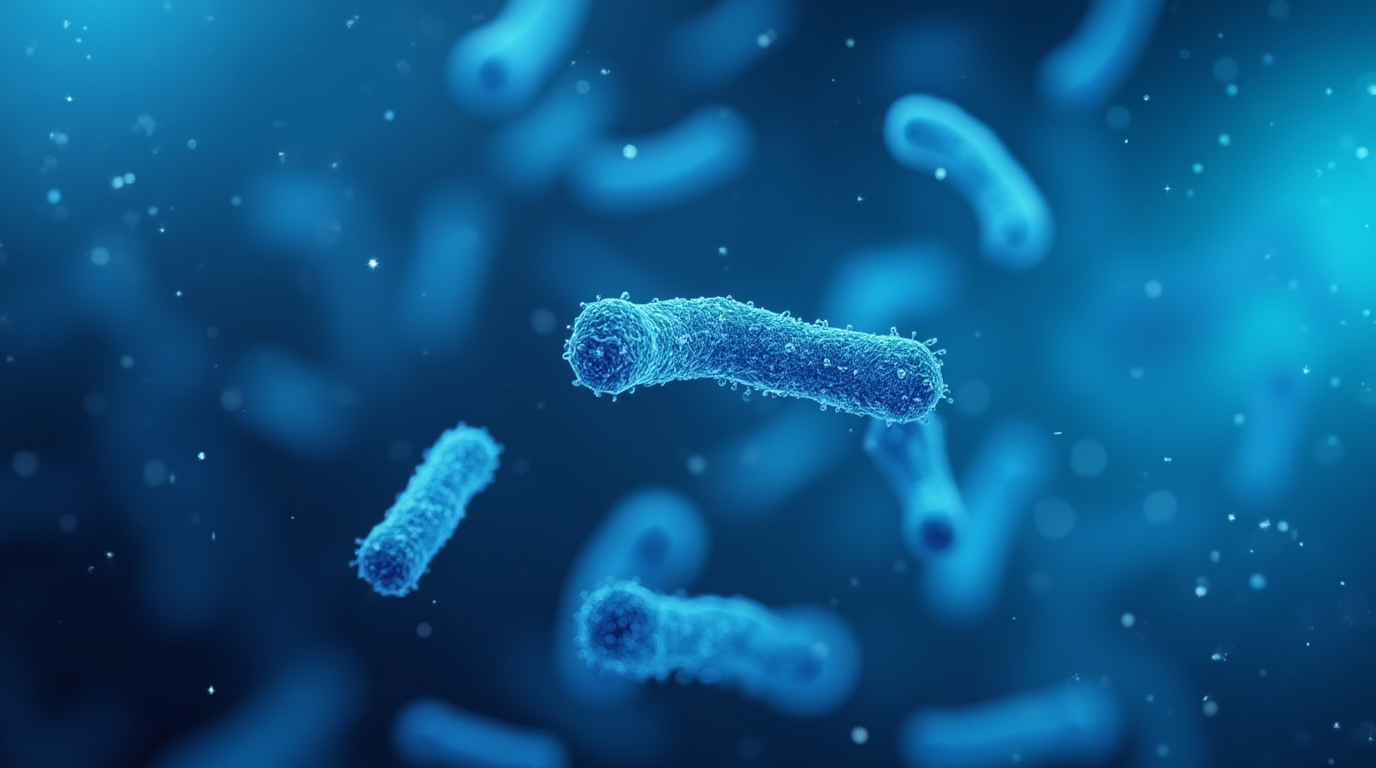In recent years, scientific research has made significant progress in the field of biogerontology, the study of biological processes related to aging. The creation of the so-called “anti-aging pill” for dogs is one of the most recent applications of this research, an important step that could not only improve the quality of life of our four-legged companions, but also lays the foundations for possible treatment of human ageing.
Foundations of ageing research
Biological ageing is a complex and multifactorial process involving changes at the molecular and cellular level. Accumulation of DNA damage, loss of mitochondrial function, alteration of proteins and cellular lipids, as well as chronic inflammation are some of the main mechanisms that contribute to the deterioration of the body over time. Although ageing is inevitable, many studies have identified potential therapeutic interventions that could slow down or, in some cases, reverse some of its effects.
The anti-aging pill for dogs: composition and mechanisms of action
The anti-aging pill for dogs is a supplement that uses innovative approaches to modulate the biological mechanisms underlying aging. The active ingredient of this pill is mainly a combination of targeted molecules that act on various biological processes, such as cellular senescence, mitochondrial metabolism and chronic inflammation.
Cellular senescence
One of the primary goals of the anti-aging pill is to combat cellular senescence, a phenomenon in which cells lose their ability to divide and function normally, contributing to tissue deterioration. Molecules such as resveratrol and NAD+ (nicotinamide adenine dinucleotide) are used to stimulate the recovery of cell function and the removal of senescent cells through autolysis and autophagy mechanisms.
Strengthening mitochondrial metabolism
The decline in mitochondrial efficiency is one of the main factors linked to ageing. Mitochondria, responsible for the production of cellular energy, are progressively damaged with age. The pill contains molecules that stimulate mitochondrial biogenesis and improve energy function at the cellular level. Alpha-lipoic acid, one of the main ingredients, is known for its antioxidant power and its role in improving mitochondrial efficiency.
Modulation of chronic inflammation
Chronic inflammation is another key mechanism in aging. The use of anti-inflammatory compounds such as polyphenols is essential to reduce the risk of age-related diseases such as arthritis, heart disease and neurodegeneration. The anti-aging pill also acts on molecular pathways such as the NF-kB pathway, an important regulator of inflammation.
Improved DNA repair
The pill also promotes repair of damaged DNA, a process that becomes less efficient with age. Enzymes such as telomerase are stimulated to prolong the life of telomeres, the structures that protect chromosomes and their integrity. Maintaining telomere length is crucial for the prevention of age-related degenerative diseases.
Implications for the care of aging in man
The anti-aging pill for dogs is not only a significant milestone in veterinary medicine, but also represents a milestone in the cure of human aging. The active ingredients used in this therapy for animals are the starting point for improving treatments that could also be applied to humans.
The biological processes that slow down aging in dogs are very similar to those occurring in humans. Recent studies suggest that the same molecules used in these treatments for dogs could be used to extend human lifespan, reducing signs of ageing and improving quality of life in older people.
The technological innovation behind these therapies could lead to the development of drugs that can act directly on the molecular mechanisms of ageing, stimulating cell regeneration and preventing age-related diseases such as dementia, cardiovascular disease and musculoskeletal disorders.
Conclusions
The anti-ageing pill for dogs represents a significant step in bio-herontological research, with potential to expand well beyond veterinary medicine.If these approaches prove effective in slowing down ageing processes in animals, it is likely that they can be applied, with appropriate modifications, to humans as well, offering a more optimistic outlook for the treatment of aging and its related pathologies.
This advancement not only offers new horizons for improving animal health, but could also be an important milestone in the ultimate cure of human aging, Bringing science closer to a reality where healthy life span can be significantly extended.




